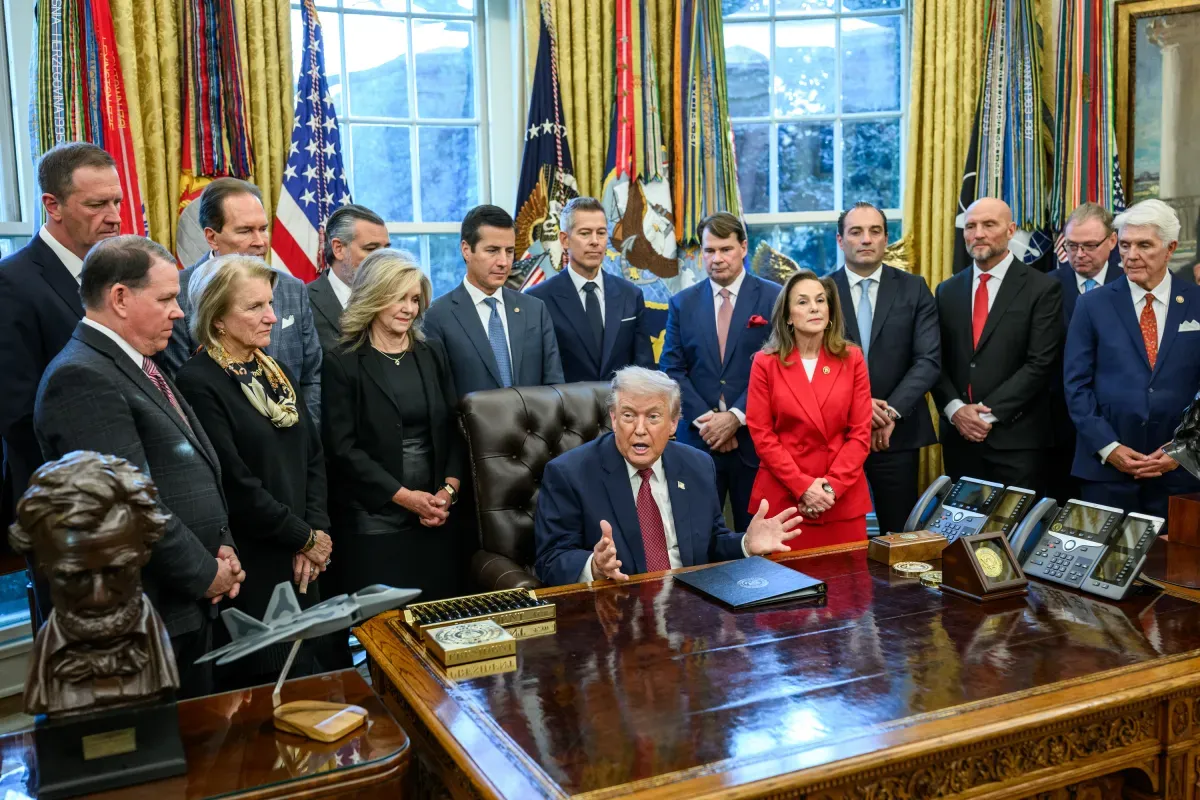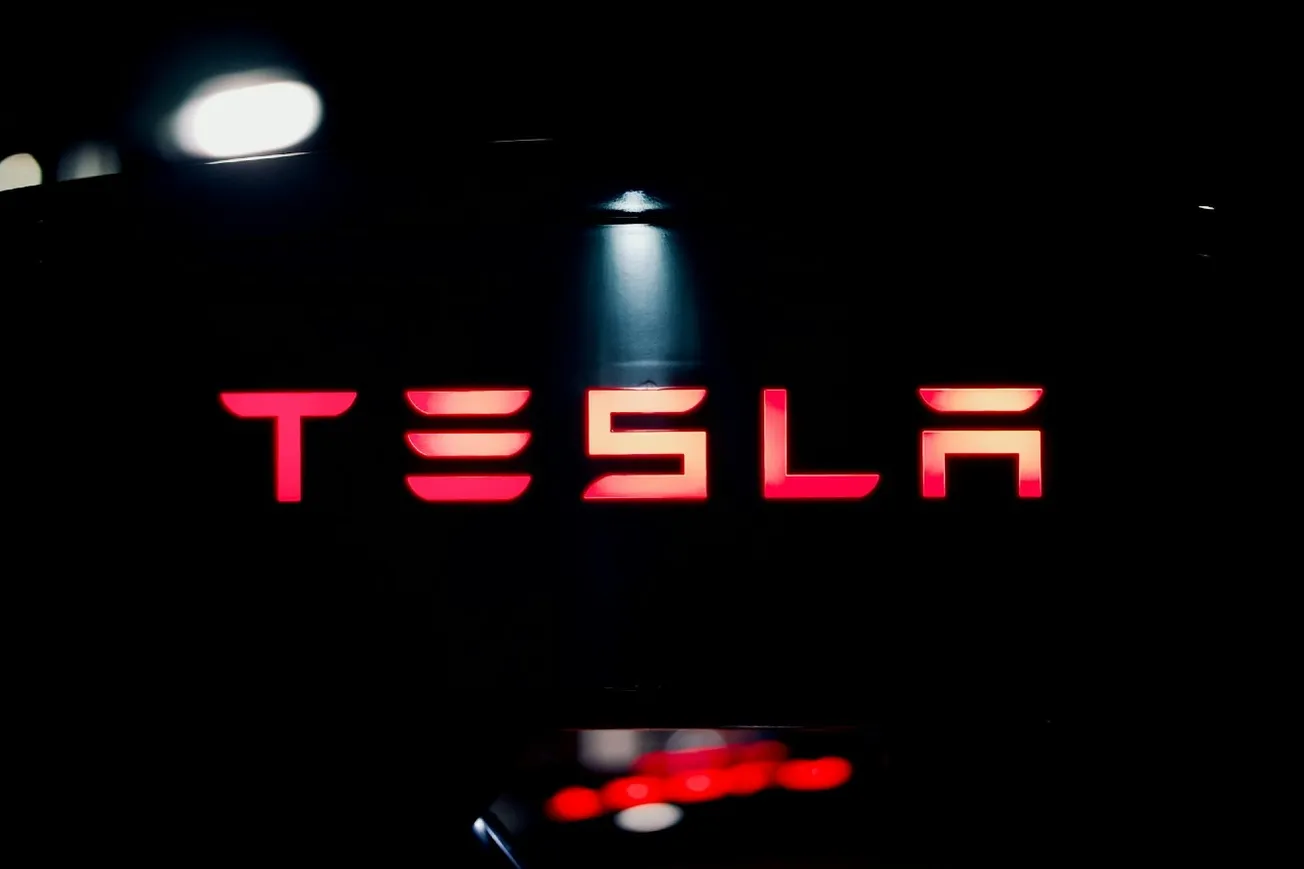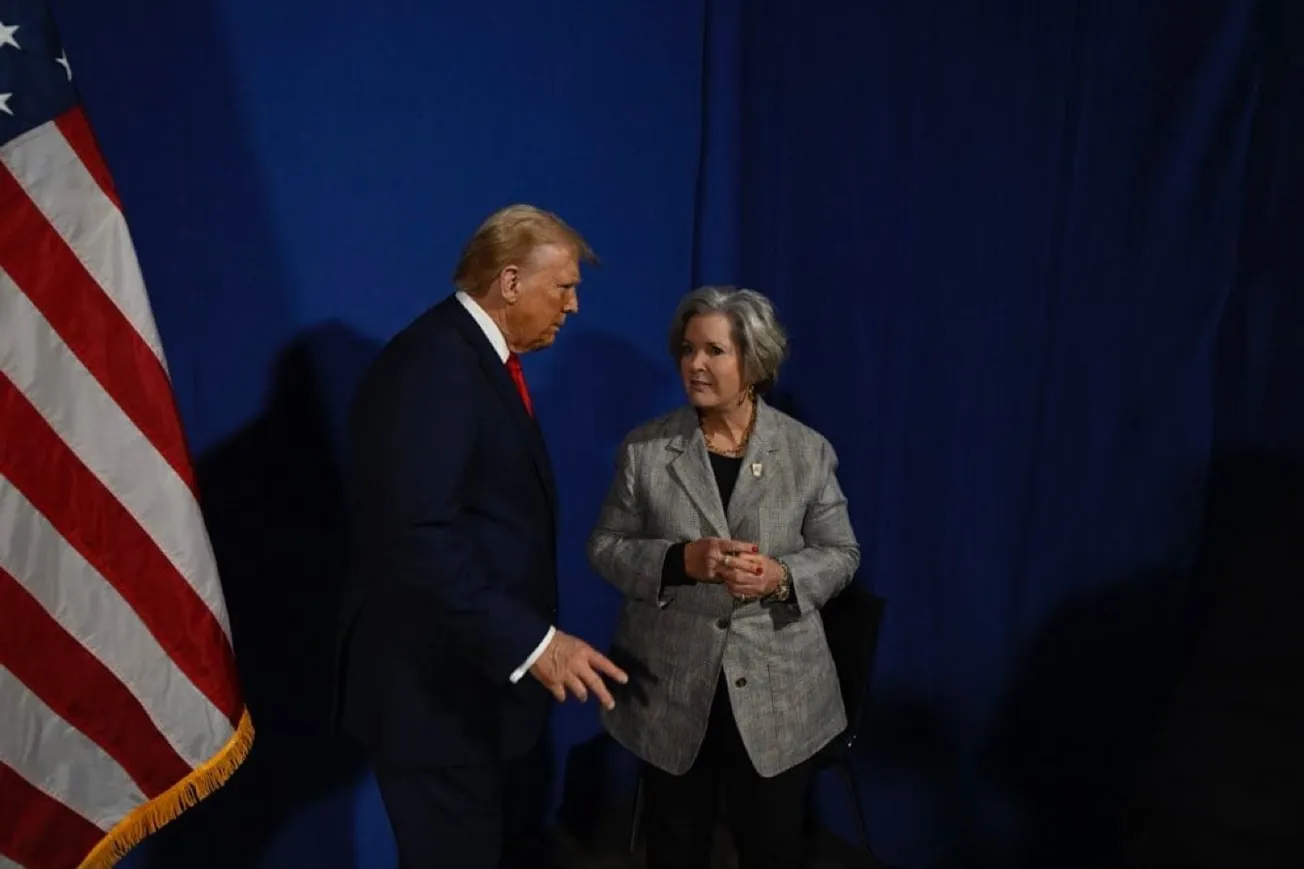By Duggan Flanakin, CFACT | November 17, 2024
One of Donald Trump’s main campaign themes was ending the federal electric vehicle mandate, which he calls a China-first policy that taxes the electric grid, subsidizes forced labor, and destroys American jobs. This means rescinding Biden Administration subsidies and mandates – but what else will he be able to do?
The worldwide revolt against the one-engine-fits-all strategy long favored by the European Union began in Italy, just two months after the EU struck a provisional deal on a new vehicle emissions law that would have banned the sale of internal combustion engines by 2035.
Italian Prime Minister Giorgia Meloni’s government raised objections to the scheme, as the march toward an EV-only vehicle fleet had already hit the Italian auto industry with job cuts. Transport Minister Matteo Salvini argued that ICE vehicles were already running on carbon-neutral synthetic fuels.
German Finance Minister Christian Lindner then demanded an exception in the EU mandate for hydrogen-derived, carbon-neutral synthetic e-fuels, on which Porsche had already invested $75 million. Germany Transport Minister Volker Wissing, insisting that anyone serious about climate-neutral mobility must rely on all available options, did not understand why anyone would want to “ban some technologies.”
Auto industry veteran Andrew Graves suggested that e-fuels could be the answer for keeping older model ICE vehicles on the road. He also cited the significant risk that there could not be enough EV charging stations or battery manufacturing plants to satisfy demand by 2035.
European automakers found themselves in a losing battle against cheap (subsidized by President Xi’s government) Chinese imports and a declining interest by consumers in battery-electric vehicles. Unherd reported in July that Porsche was scaling back its sales targets for EVs due to a 25% drop-off in sales, admitting that “the transition to electric vehicles will take longer than we assumed.”
In the U.S., a Gallup survey found that the number of Americans not considering an EV had risen while the number considering such a purchase had fallen. President Trump has vowed to make it difficult for the Chinese to sell their EVs in the United States, and European governments also imposed tariffs to try to protect their automakers from total collapse.
General Motors delayed the development of new EV models and postponed the opening of an electric truck factory, while Ford shut down production of its Lightning EV trucks after admitting to losing over $47,000 for each EV it sold.
While many automakers are still building EV passenger vehicles, there is a growing consensus that battery-electric is not the way to go for 18-wheelers and other heavy trucks or even for the pickup trucks that millions rely on to haul smaller loads.
Peter Rawlinson, whose Lucid Motors manufactures luxury EVs, told Axios that internal combustion engines – not battery-electric vehicles – are the only realistic option for pickup trucks. The EV pickup “is the wrong product, and so we’re seeing that companies are not making a viable product by trying to make an electric pickup truck.”
Even before Trump’s November victory, automakers were cutting back on EV production promises made to placate the Biden Administration (and presumably, states like California that have passed stringent EV mandates).
Toyota in early October announced it would delay production of its first U.S.-made electric vehicles at its plant in Georgetown, Kentucky, until 2026, even as it remained committed to an EV SUV plant in Princeton, Indiana, and a lithium-ion battery plant in North Carolina.
Hyundai as of October had started production of its Ioniq 5 electric crossover at a huge plant in Bryan County, Georgia, that will build six EVs for Hyundai, Kia, and Genesis, aided by a battery factory joint venture with LG Energy Solutions. The company anticipated building 300,000 EVs a year, with a maximum capacity of 500,000 a year depending on demand. The facility will also be able to build hybrids, which are much higher on the Trump Administration’s pecking order.
But what happens to the EV market if the subsidies and the mandates are gone? The Biden Administration apparently squandered billions in a purported campaign to build out an EV charging network, and the super-fast charger is largely a mirage as of today. Auto insurance rates for EVs have soared in the wake of spontaneous fires, and growing power outages even in EV-mandate states are another brake on consumer confidence.
During his campaign, President-Elect Trump railed against hydrogen vehicles, which he said were prone to tragic explosions, but automakers from Europe to Asia are already putting hydrogen-powered engines and other new technologies on the market or in heavy development.
While Jaguar Land Rover in the United Kingdom has demanded “more effort” to make buying and owning an electric car more appealing, the industry worldwide is seeing production and sales of EVs in decline – a decline likely to be exacerbated by a subsidy-killing Trump Administration.
The British government, though, remain as committed (if not more so) than the Biden Administration to forcing EVs upon an unwilling public. While short-lived Prime Minister Rishi Sunak extended the deadline from 2030 to 2035 for a total phaseout of ICE engines, the nation is still far from (at just 3.5%) of the 22% minimum EV sales by 2025 and 80% by 2030.
The deeper issue in trying to replace a 125-year-old technology onto a public that today operates 1 billion ICE vehicles is that EVs run on an entirely different platform that is not amenable to other technologies – one very different even from the hybrid engine that works quite well in ICE vehicles. So does hydrogen, and so do e-fuels. Yet some governments still believe that resistance is futile – that their mandates will prevail even against a tidal wave of dissent.
A recent article in Wired speculates that a President Trump will back away in part from his pledge to “end the electric vehicle mandate on day one,” if only to avoid alienating strong supporter and Tesla CEO Elon Musk. Will he go along with the Heritage Foundation’s call for ending EV tax credits and other subsidies and backing away from ever-more-stringent fuel economy standards to level the playing field for ICE vehicles?
Trump has said clearly that he believes there is a place for EVs in the U.S. auto mix while sharply criticizing the ICE-friendly hydrogen-powered vehicle market (even though Tesla now plans to introduce its first hydrogen vehicle in 2026).
What is certain is that Democrats, wedded to an EV-only future, will try to obstruct any effort by the Trump Administration to roll back the Biden mandates, and that some Republicans may join them. Moreover, some of the EV facilities are in states whose votes Trump needed to win in 2024 – and it is difficult for politicians to vote to end the flow of federal cash into their states.
Four principles will likely guide the Trump Administration’s actions on the auto industry in the next several months: (a) tariffs to protect domestic auto industry jobs, (b) fighting against mandates that tilt the playing field toward an EV technology that is both widely unpopular especially for load-carrying vehicles, (c) lowering the overall cost of owning reliable transportation for American consumers, and (d) consumer choice, not government mandates, must drive the auto and truck marketplace.
Duggan Flanakin is a Senior Policy Analyst with the Committee For A Constructive Tomorrow. A former Senior Fellow with the Texas Public Policy Foundation, Mr. Flanakin authored definitive works on the creation of the Texas Commission on Environmental Quality and on environmental education in Texas.
Original article link









